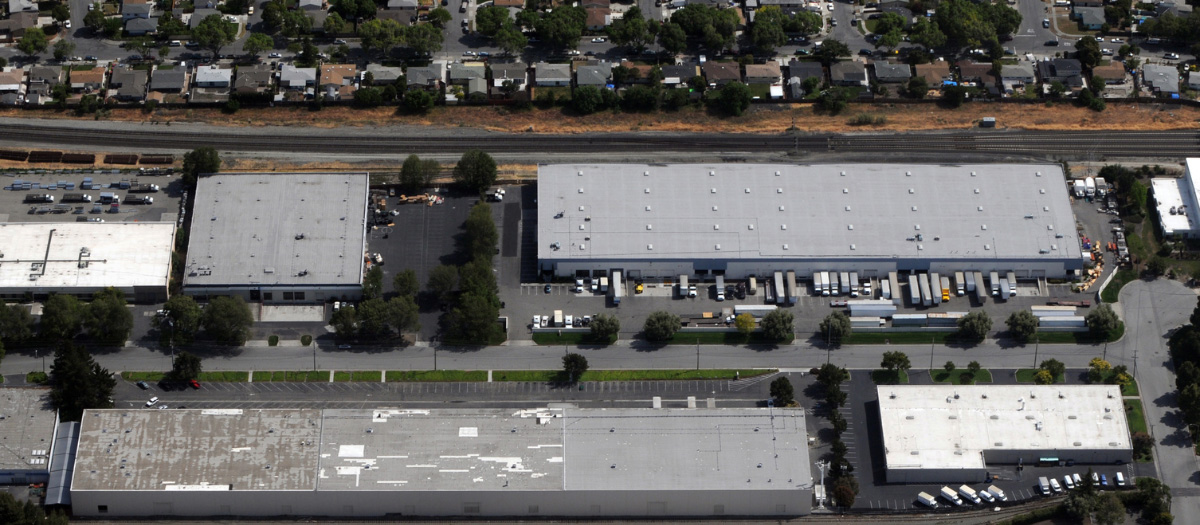Remediating a Site Using Multiple Technologies: A Case Study
A prominent consulting firm performed a Phase I on a site in Passaic County NJ, during which they observed former tetrachloroethylene (PCE) tanks on one of the Sanborn maps. They promptly called AWT to help them investigate. AWT provided GPR surveys to search for anomalies and test pits for signs for any existing underground storage tanks, but none were found. AWT also provided drill rigs to help the consultant delineate contamination that resulted from those former tanks. This involved a combination of direct-push borings to test soil and a series of shallow and deep monitoring well clusters to establish and delineate the extent of groundwater impacts, including both on and off site. Due to the lithology of the site, the wells were installed utilizing a combination of hollow stem auger and air/mud rotary techniques.

The contamination was extensive, with concentrations near the surface exceeding 10,500 mg/kg PCE, as well as several daughter products resulting from degradation over time. The location of the plume made this project especially challenging, as some was located under a concrete loading dock that had block walls and a roof, and the entire property was a paved parking lot. AWT physically dismantled and rebuilt the loading dock in order to remove the source area contamination. We also had to provide structural support to the building in the form of bracing and shoring.
The soil was segregated into stockpiles based on contaminant levels with some requiring treatment, some eligible for direct landfill placement and a small portion delivered to an incinerator, all based on RCRA LDR standards and disposal facility treatability studies. Once the soil was classified, profiled, transported and disposed, AWT backfilled and compacted the soil with a combination of stone and clean soil to grade, followed by repaving of the surface.
Because the wells showed exceedances of the groundwater quality standards at a distance of less than 100 feet from the building, the consultant performed an indoor air quality study. This led to the need for AWT to install a subslab depressurization/vapor mitigation system across the city block-sized warehouse facility that houses multiple commercial tenants. AWT constructed a system of piping and blowers retrofitted into the existing building following the consultant’s design, and we continue to provide system maintenance on an ongoing basis.
While excavation and product recovery for the gross contamination closer to the surface proved cost-effective, the deeper contamination proved more challenging and cost-prohibitive. Soil contamination exists as deep as 19 feet, directly along the building footings, and has made its way to the tight clay and fractured bedrock formations. For these reasons, AWT is currently working with the LSRP for the site to develop an in-situ injection plan to address the deeper contamination that exists at lower concentrations. The proposed application of remedial materials will employ a carbon donor substrate of emulsified vegetable oil (EVO) with a zero valent iron (ZVI) suspension followed by an inoculation of a specific strain of microbes, Dehalococcoides, or TSI-DC™.
AWT thrives on complex remediation projects that take advantage of our diverse capabilities. By having our own drillers and rigs, in-situ capabilities, excavation expertise, groundwater and vapor mitigation abilities, waste disposal knowledge, site restoration experience and myriad licenses, including underground tank and hauler’s licenses in multiple states, we are able to be more nimble, flexible and competitive as compared to situations where numerous subcontractors are needed to complete a project. One contractor, many solutions.
